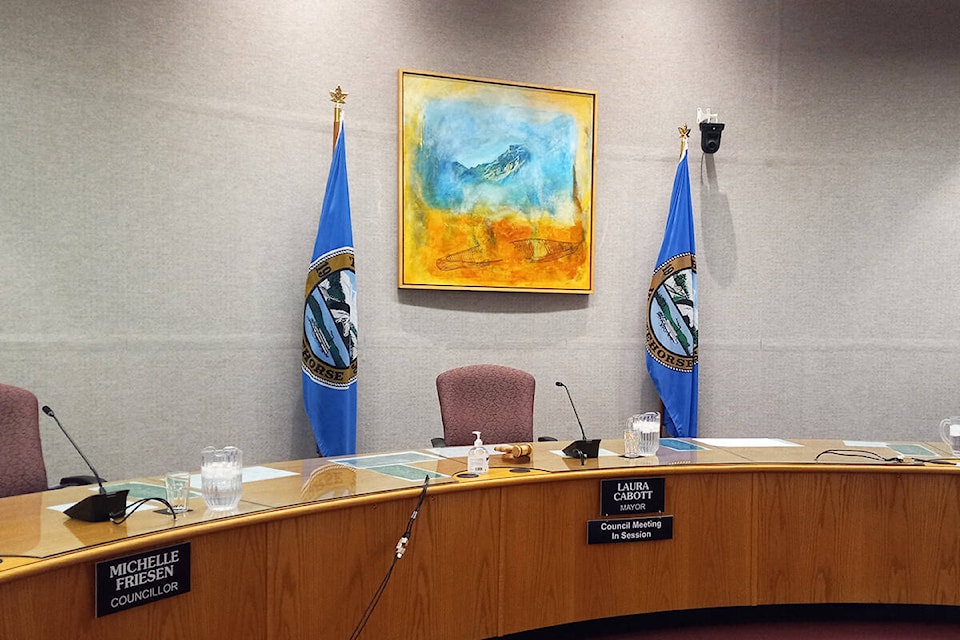Whitehorse’s city council is backing a major zoning amendment that would allow more construction of multi-unit buildings in residential neighbourhoods.
Councillors recognized the large scope of the change but ultimately supported it based on the strength of other city regulations that could prevent ill-advised density on lots without the necessary space and services.
At its April 22 meeting, council passed the second and third readings of housing-related amendments to the city zoning bylaw.
The bylaw changes include permitting the building of up to four units on all urban “single detached” lots.
Site coverage and setbacks are also being eased in some zones to allow for additional units.
The regulations of secondary suites, whether in the main building or as garden suites, are being relaxed, as are some parking requirements.
Coun. Kirk Cameron was in favour, noting there has been significant public consultation on the matter and strong work by the city committee that drafted the proposed bylaw.
“We had some of the best and the brightest looking at it, bringing us those recommendations, and I’m inclined to say let’s move with it,” he said.
Cameron said he is also confident that this would not result in every lot in the city of Whitehorse ballooning to four units, as owners who want to expand the number of dwellings on their properties will still have to go through a permitting process that will assess whether infrastructure in the area can sustain the additional units.
“So that’s going to restrict, I think significantly, the amount of development that’s actually going to occur.”
Mayor Laura Cabott also spoke in favour of the bylaw, stating that lot sizes and infrastructure would determine how many units could be built.
City development services director Mike Gau noted the significant expense of water and sewer upgrades that developers are likely to incur might also limit the number of multi-unit buildings. He said multi-unit buildings could replace old houses at the end of their lives on some large lots around the city.
“Some of this will be hidden density, too, and those are where you’ll see basements split into separate suites. And so, there’s a wide variety of opportunities, but as has been pointed out, this will all come down to the servicing capacity in these areas, and that will have to be done on a case-by-case basis,” Gau added.
Coun. Ted Laking noted the scope of the change is large, probably the largest zoning amendments since he has owned a home in the city.
“It’s a big change. But that doesn’t mean that it’s a bad change,” he said.
Coun. Dan Boyd expressed concerns about whether infrastructure requirements will actually do enough to regulate density. He said he heard concerns from the public as well.
“I remain concerned, as I have been from the get-go on this, that we may be moving too much too fast. And that we may not truly understand the consequences of these types of changes that we’re proposing,” he said.
Boyd said he thinks more information on how much housing the existing infrastructure can support is needed before moving forward. The vote passed 6-1, with only Boyd opposed.
—With files from Matthew Bossons
Contact Jim Elliot at jim.elliot@yukon-news.com
